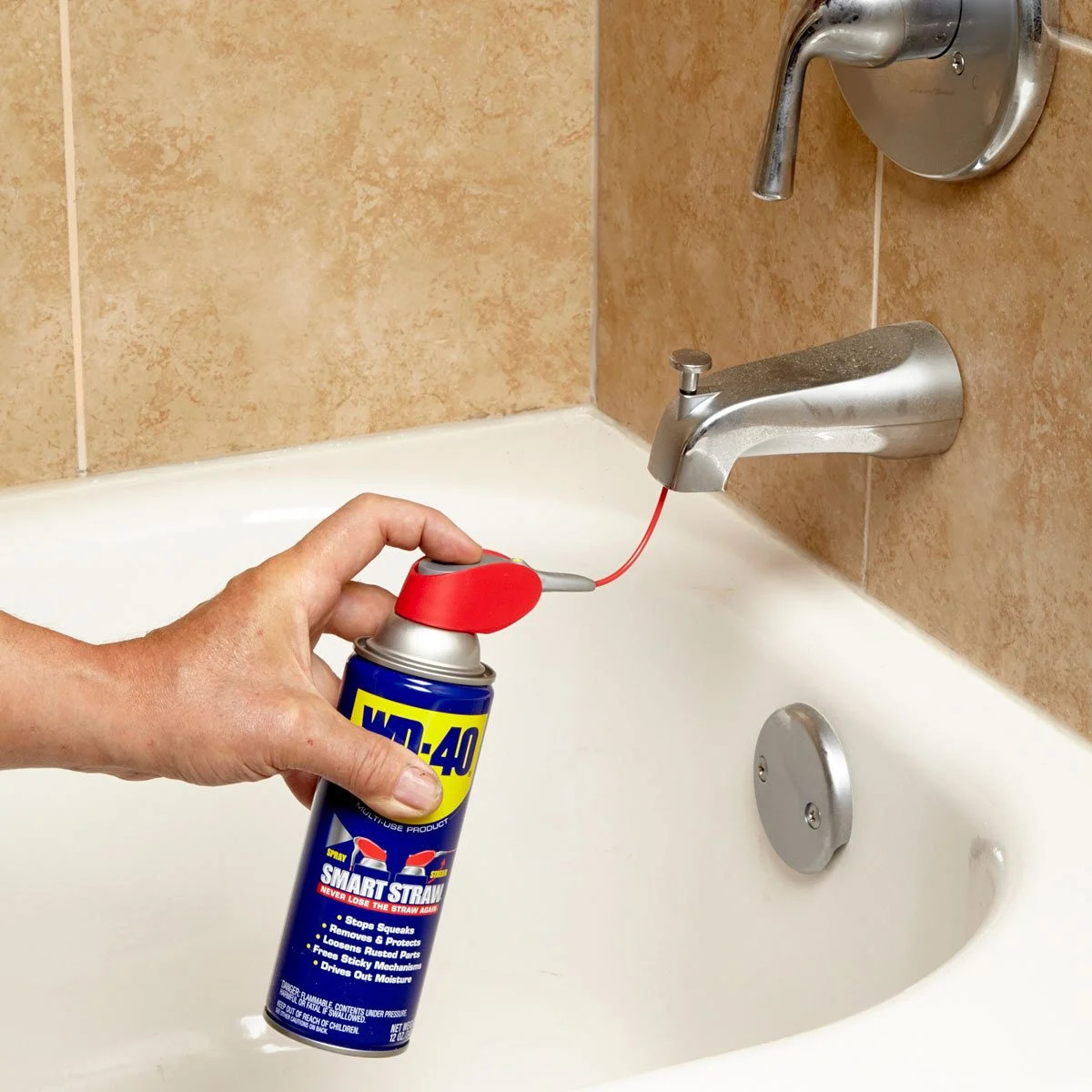

Articles
Why Spray WD40 Up Your Faucet
Modified: October 19, 2024
Find out why spraying WD40 up your faucet can benefit you. Read our informative articles on this topic and learn how to maintain your faucets for longer-lasting performance.
(Many of the links in this article redirect to a specific reviewed product. Your purchase of these products through affiliate links helps to generate commission for Storables.com, at no extra cost. Learn more)
Introduction
Welcome to the world of WD-40, where this versatile spray can do wonders for your everyday household problems. In this article, we will explore how spraying WD-40 up your faucet can benefit you in ways you never imagined.
WD-40 is a popular multi-purpose penetrating oil that is well-known for its ability to lubricate, loosen rusted parts, and protect metal surfaces. However, many people are unaware of the benefits it can provide when it comes to maintaining and improving the functionality of their faucets.
Whether you are dealing with a squeaky faucet, a stubborn handle, or a clogged aerator, WD-40 can often be the solution you are looking for. By understanding how to properly apply WD-40 to your faucet, you can easily tackle common faucet issues and keep your plumbing fixtures in top shape.
In this article, we will explore the various benefits of using WD-40 on your faucet, the right technique to apply it, and common faucet problems that can be resolved with this handy spray. Furthermore, we will also discuss any potential risks and precautions to take when using WD-40 around your plumbing system.
So, if you are tired of dealing with a faulty faucet or simply want to learn more about how WD-40 can improve your plumbing experience, read on. You will soon discover why spraying WD-40 up your faucet is a game-changer for any homeowner.
Key Takeaways:
- WD-40 is a versatile solution for faucet maintenance, offering benefits such as improved functionality, elimination of squeaky sounds, and prevention of rust and corrosion. Its proper application can ensure optimal results and longevity of plumbing fixtures.
- While WD-40 provides practical solutions for common faucet issues, it’s important to exercise caution and take necessary precautions. Avoiding contact with plastics, ensuring proper ventilation, and following manufacturer’s instructions will help you use WD-40 safely and effectively.
Read more: Why Put WD40 In Toilet Bowl
How WD-40 Can Benefit Your Faucet
WD-40 is not just for loosening rusted bolts or lubricating squeaky hinges; it can also work wonders for your faucets. Here are some of the key benefits of using WD-40 on your faucet:
- Improved functionality: Over time, mineral deposits and debris can build up inside your faucet, causing it to become stiff or difficult to turn. WD-40 can help dissolve these deposits and lubricate the moving parts, restoring the smooth functionality of your faucet.
- No more squeaky sounds: If you have ever been annoyed by a squeaky faucet, WD-40 can be your savior. A quick spray of WD-40 on the handle and other moving parts can eliminate those irritating sounds and make your faucet operate silently.
- Easy handle operation: Sometimes, a faucet handle can become stiff or hard to turn, making it challenging to control the water flow. WD-40 can help loosen the handle and make it easier to operate, ensuring a hassle-free water flow adjustment.
- Prevention of rust and corrosion: Faucets, especially those exposed to water and moisture, are prone to rust and corrosion. By applying a thin coat of WD-40 on the metal surfaces, you can provide a protective barrier that inhibits the formation of rust and keeps your faucet looking and performing its best.
- Cleaning and removing residue: If you notice any stubborn water stains or residue on your faucet, WD-40 can come to the rescue. Spray a small amount of WD-40 onto a cloth and gently wipe the surface to remove dirt, grime, and hard water deposits, leaving your faucet sparkling clean.
These are just a few of the many ways WD-40 can benefit your faucet. Its versatile properties make it an ideal solution for various faucet-related issues, resulting in improved functionality and a longer lifespan for your plumbing fixtures.
Now that you understand the benefits of using WD-40 on your faucet, let’s explore the proper technique to apply it for optimal results.
Proper Application Technique
Applying WD-40 to your faucet requires a systematic approach to ensure maximum effectiveness. Follow these steps to properly apply WD-40 to your faucet:
- Clean the faucet: Before applying WD-40, it is crucial to clean your faucet thoroughly. Use warm soapy water and a soft cloth to remove any dirt, grime, or residue from the surface. This will allow WD-40 to penetrate better and provide optimal results.
- Protect surrounding areas: To avoid any overspray or accidental contact with surrounding surfaces, it is recommended to cover the nearby areas with a cloth or plastic sheet.
- Shake the WD-40 can: Give the WD-40 can a good shake to ensure the mixture is properly blended. This will ensure that you achieve an even distribution of the spray.
- Spray the moving parts: Aim the nozzle of the WD-40 can towards the moving parts of your faucet, such as the handle, spout, and aerator. Apply a light coat of WD-40, making sure to cover all the necessary areas. Be careful not to overspray or use excessive amounts of the product.
- Let it sit: Allow the WD-40 to sit on the faucet for a few minutes, allowing it to penetrate and work its magic. This dwell time will help dissolve any mineral deposits or loosen any stuck parts.
- Operate the faucet: After a few minutes, turn on the faucet and operate it a few times to distribute the WD-40 and ensure smooth movement. This will help the product reach all the nooks and crannies of the faucet.
- Wipe off excess: Finally, use a clean cloth to wipe off any excess WD-40 from the faucet. This step will prevent any residue buildup or stickiness on the surface.
By following these steps, you can ensure that the WD-40 is applied effectively to your faucet, providing the desired results and improving the overall functionality of your plumbing fixture.
Now that you know how to apply WD-40 to your faucet, let’s explore some common faucet issues and how WD-40 can offer solutions.
To prevent mineral buildup and keep your faucet running smoothly, spray WD-40 up your faucet and let it sit for a few minutes before wiping it clean. This will help to loosen any deposits and lubricate the moving parts.
Common Faucet Issues and WD-40 Solutions
Now that you have a good understanding of how to apply WD-40 to your faucet, let’s explore some common faucet issues and how WD-40 can provide solutions:
- Squeaky faucet: If you have a faucet that produces annoying squeaky sounds, WD-40 can be your go-to solution. Simply spray a small amount of WD-40 on the handle and other moving parts of the faucet. Give it a few turns to distribute the product, and those squeaky sounds will be a thing of the past.
- Stiff handle: Over time, the handle of a faucet can become stiff and difficult to turn. WD-40 can help loosen the handle and restore smooth operation. Apply WD-40 to the handle and work it back and forth to break up any accumulated grime or debris.
- Clogged aerator: Mineral deposits and debris can build up in the aerator, causing reduced water flow or uneven spray. WD-40 can help dissolve these deposits and clear the blockage. Remove the aerator and soak it in a solution of WD-40 and water. Gently scrub it with a brush to remove any lingering residue.
- Corroded connections: If you notice corroded or rusted connections between the faucet and the water supply lines, a light coating of WD-40 can help prevent further corrosion. Apply a thin layer of WD-40 on the connections to create a protective barrier against moisture and rust.
- Difficult cartridge replacement: When it comes time to replace a worn-out cartridge in your faucet, it can sometimes be a challenge to remove the old one. WD-40 can assist in loosening the cartridge and making it easier to extract. Apply WD-40 to the cartridge and let it sit for a few minutes before attempting to remove it.
These are just a few examples of how WD-40 can provide solutions to common faucet issues. Its lubricating properties, ability to dissolve mineral deposits, and rust-prevention capabilities make it a valuable tool in maintaining and improving the functionality of your faucet.
However, it is important to note that WD-40 may not be a permanent solution for more complex plumbing problems. If you encounter issues that cannot be resolved with WD-40 or if you are unsure about the proper course of action, it is always best to consult a professional plumber.
Now that you are familiar with the benefits of WD-40 for your faucet and how it can address various issues, let’s discuss any potential risks and precautions to keep in mind when using WD-40.
Potential Risks and Precautions
While WD-40 is generally safe to use on faucets, it is important to keep in mind a few potential risks and take necessary precautions:
- Avoid contact with plastics: WD-40 contains chemicals that can potentially damage or discolor certain types of plastics. When applying WD-40 to your faucet, be cautious to avoid contact with any plastic components, such as handles or decorative parts, to prevent any adverse effects.
- Proper ventilation: WD-40 is a petroleum-based product and can emit fumes that may be harmful if inhaled in large quantities. It is important to use WD-40 in a well-ventilated area to minimize exposure to these fumes.
- Keep away from open flames: WD-40 is flammable, so it is crucial to keep it away from open flames, sparks, or any other sources of ignition. Use WD-40 in a safe environment and store it in a cool, dry place away from heat sources.
- Follow manufacturer’s instructions: Always read and follow the instructions provided by the manufacturer on the WD-40 can. This will ensure that you are using the product correctly and safely.
- Test on a small area first: Before applying WD-40 to your entire faucet, it is advisable to test it on a small inconspicuous area to see if any adverse reactions occur. This will help you ensure that WD-40 is compatible with your faucet’s materials.
While these risks and precautions are important to consider, it is worth mentioning that WD-40 is generally safe for use on faucets and is designed to provide effective solutions to common issues. However, it is always a good idea to practice caution and take the necessary measures to ensure your safety and the longevity of your plumbing fixtures.
With the knowledge of the benefits, application techniques, and precautions associated with using WD-40 on your faucet, you are well-equipped to maintain, improve, and troubleshoot common faucet problems. Remember, a well-maintained faucet not only contributes to a functional kitchen or bathroom but also enhances the overall aesthetics of your space.
So, go ahead and embrace the power of WD-40 to keep your faucet performing smoothly and efficiently for years to come.
Read more: How To Get WD-40 Out Of A Carpet
Conclusion
WD-40 is not just your ordinary lubricant; it is a versatile solution that can work wonders for your faucets. By properly applying WD-40 and taking advantage of its various benefits, you can maintain and improve the functionality of your faucet while addressing common issues that may arise.
We explored the many benefits of using WD-40 on your faucets, including improved functionality, elimination of squeaky sounds, easy handle operation, prevention of rust and corrosion, and effective cleaning of residue. Whether you are dealing with a stiff handle, a clogged aerator, or corroded connections, WD-40 offers practical solutions to keep your faucets in top shape.
When applying WD-40 to your faucet, it is important to follow proper techniques, such as cleaning the faucet beforehand, protecting surrounding areas from overspray, and allowing the product to sit and penetrate before operating the faucet. These steps ensure that you achieve optimal results and maintain the longevity of your plumbing fixtures.
While using WD-40 on your faucet can provide numerous benefits, it is important to exercise caution and take necessary precautions. Avoid contact with plastics, ensure proper ventilation, keep away from open flames, follow manufacturer’s instructions, and test the product on a small area before full application.
Understanding and addressing potential risks associated with WD-40 will help you use it safely and effectively. By keeping these risks and precautions in mind, you can enjoy the benefits of WD-40 while ensuring the safety of yourself and your plumbing system.
In conclusion, spraying WD-40 up your faucet can be a game-changer for any homeowner. It offers practical solutions, improved functionality, and a longer lifespan for your plumbing fixtures. So, don’t hesitate to grab your WD-40 can and give your faucet the care it deserves.
Remember, a well-maintained faucet not only brings convenience and functionality to your daily life but also adds an aesthetic touch to your kitchen or bathroom. So, keep your faucets performing smoothly with the power of WD-40, and enjoy the benefits of a well-functioning plumbing system for years to come.
Curious about tackling more projects around your house? Our article on home repair offers practical advice and step-by-step guidance to help you handle common household fixes with confidence. Whether you're dealing with a leaky faucet or a squeaky door, our tips ensure you have the knowledge to manage these tasks efficiently. Dive into our home repair guide for insights into maintaining your space without breaking a sweat.
Frequently Asked Questions about Why Spray WD40 Up Your Faucet
Was this page helpful?
At Storables.com, we guarantee accurate and reliable information. Our content, validated by Expert Board Contributors, is crafted following stringent Editorial Policies. We're committed to providing you with well-researched, expert-backed insights for all your informational needs.
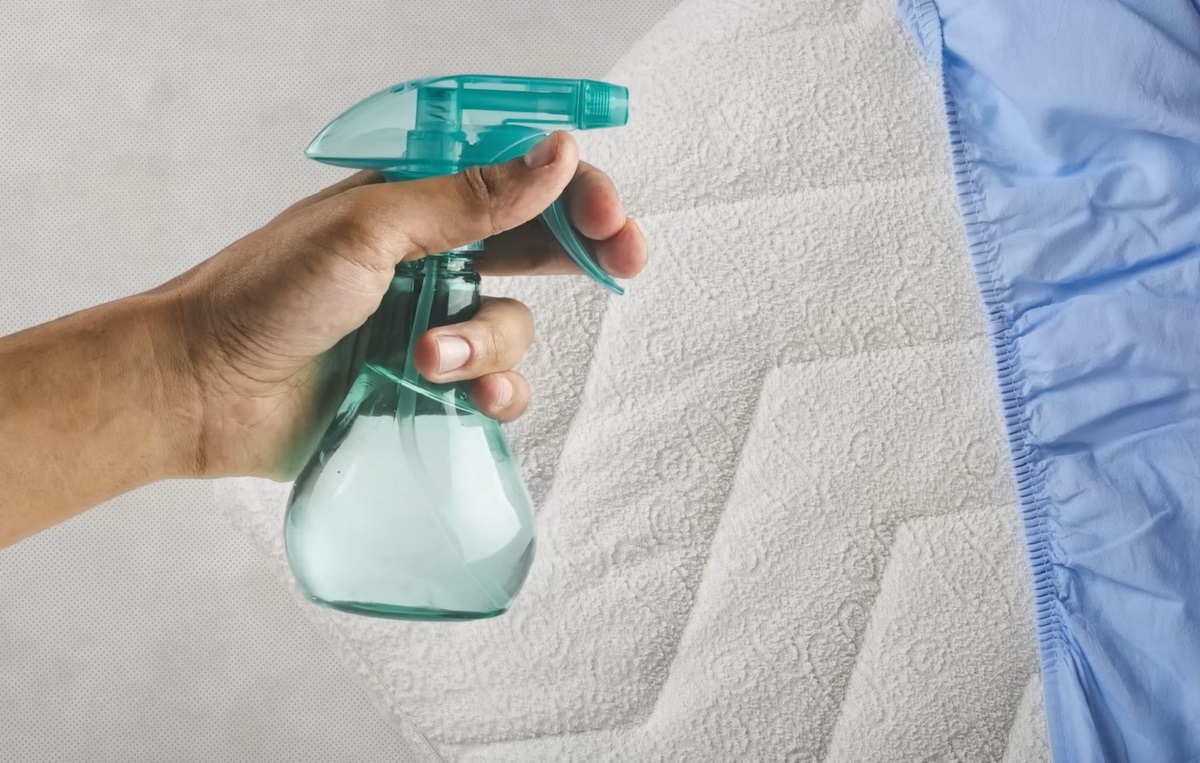
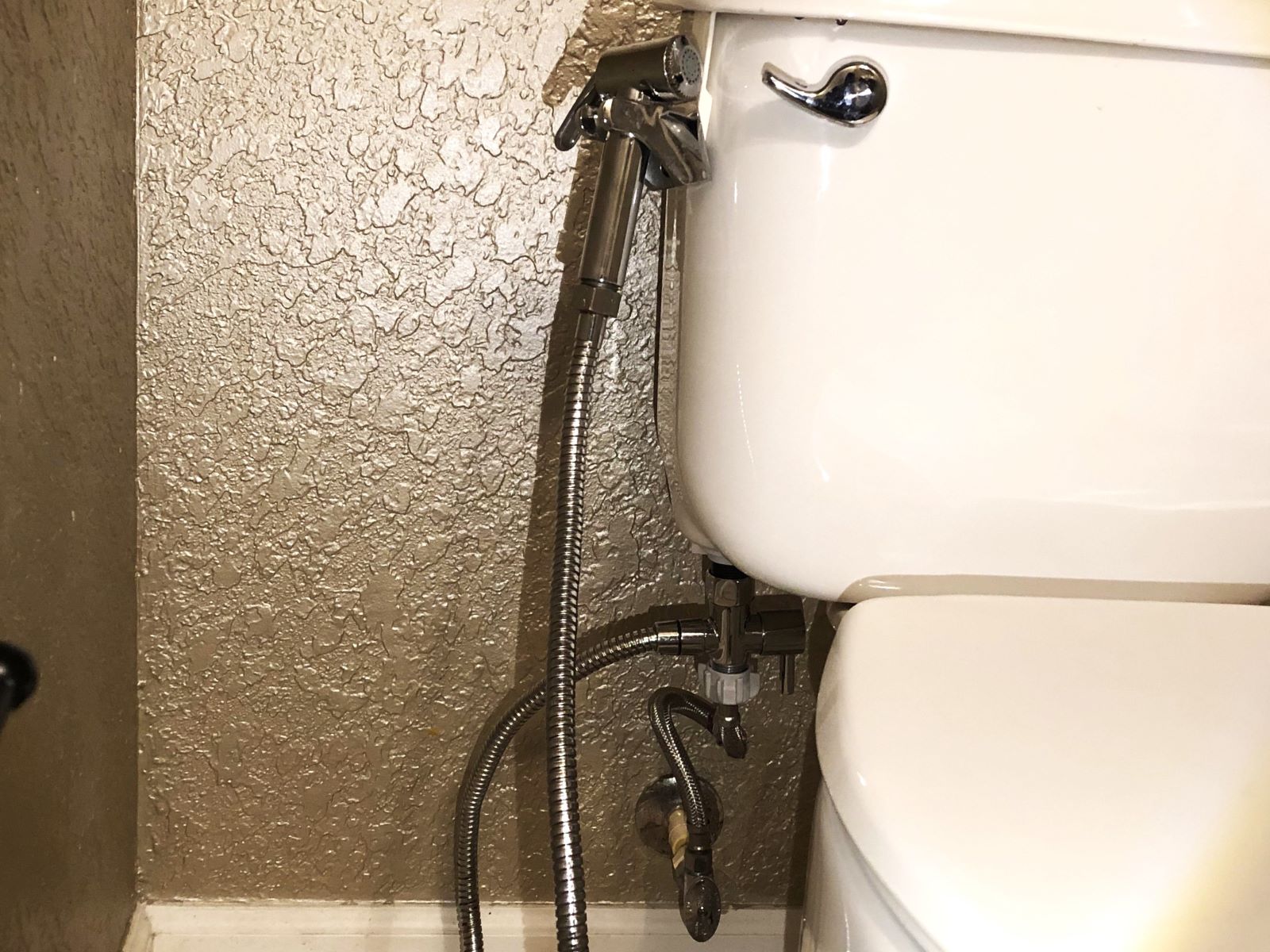

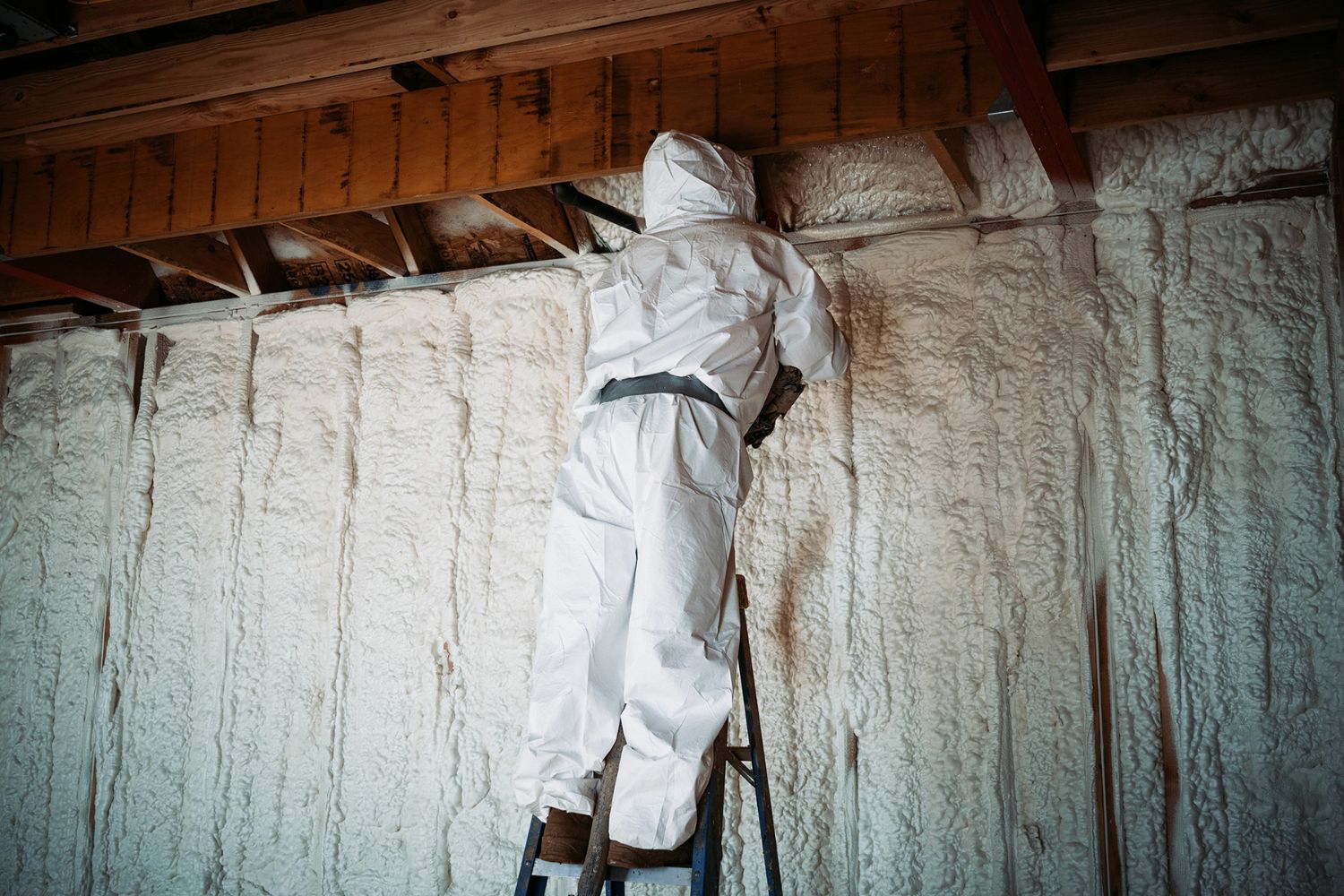
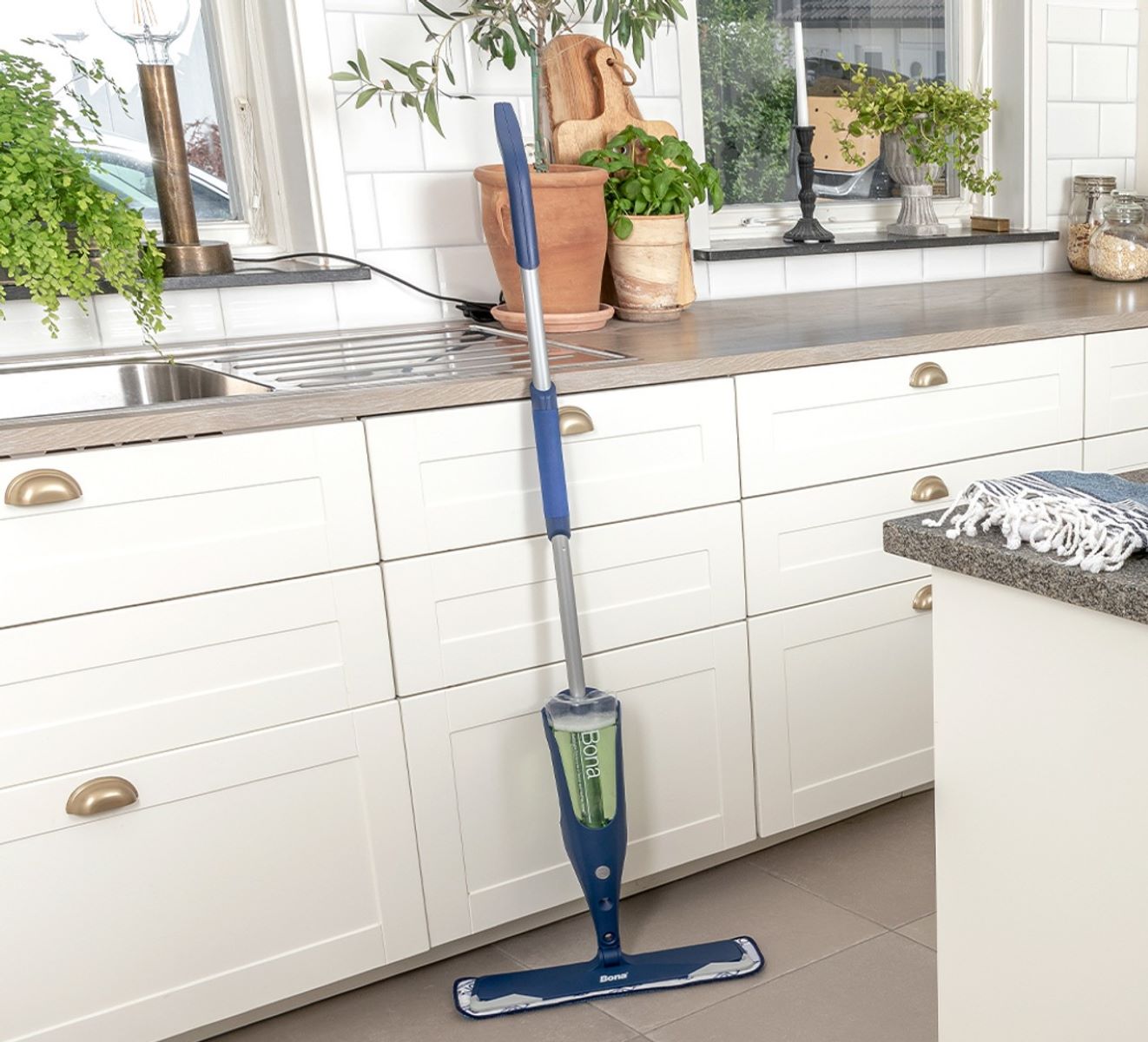
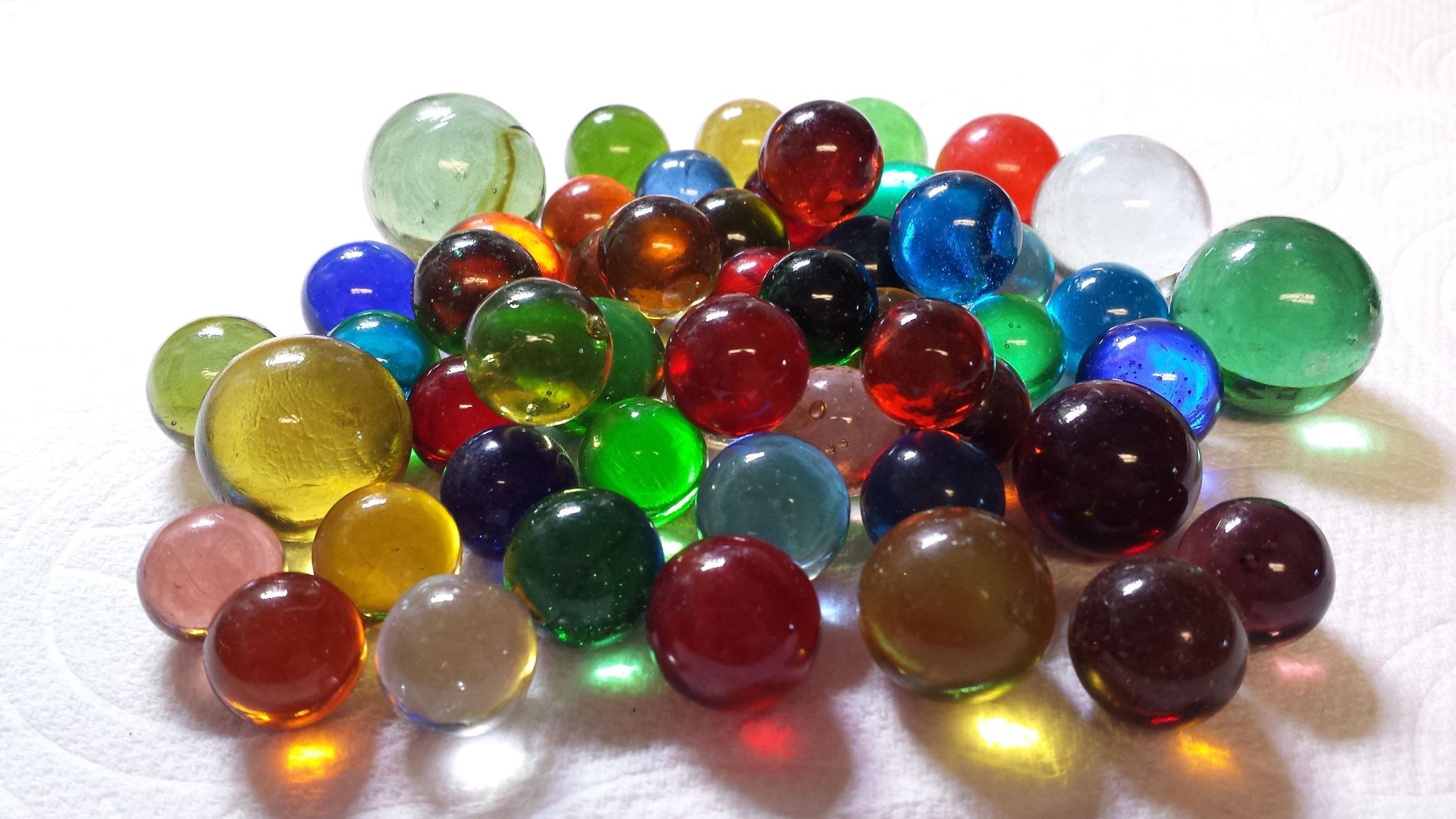

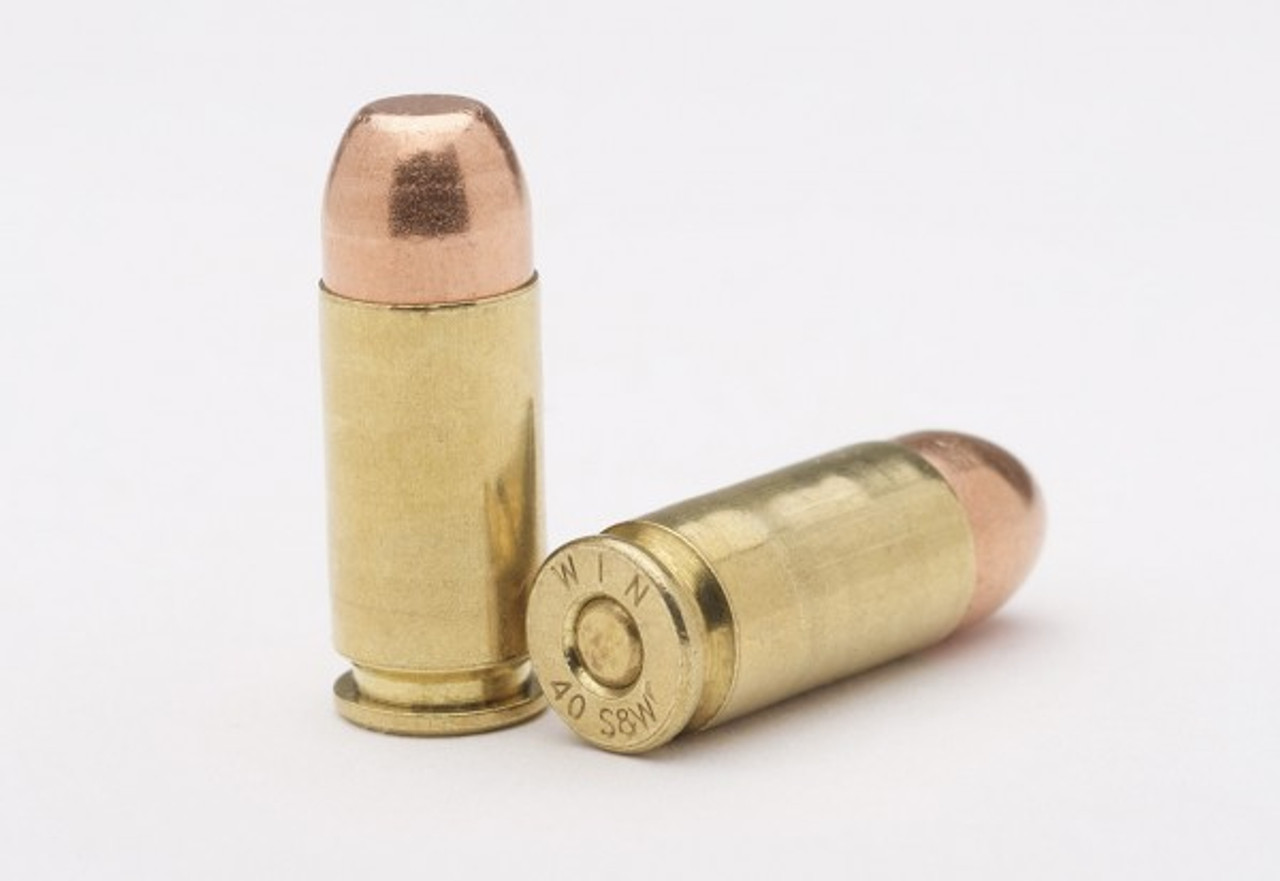
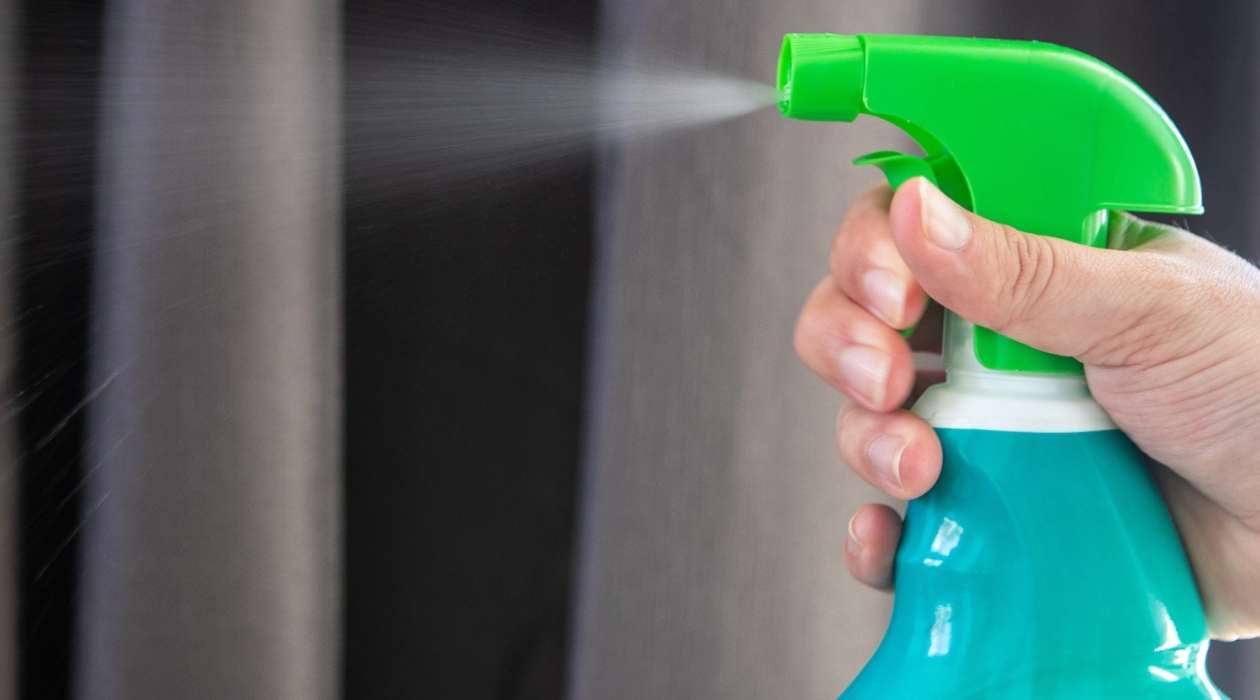
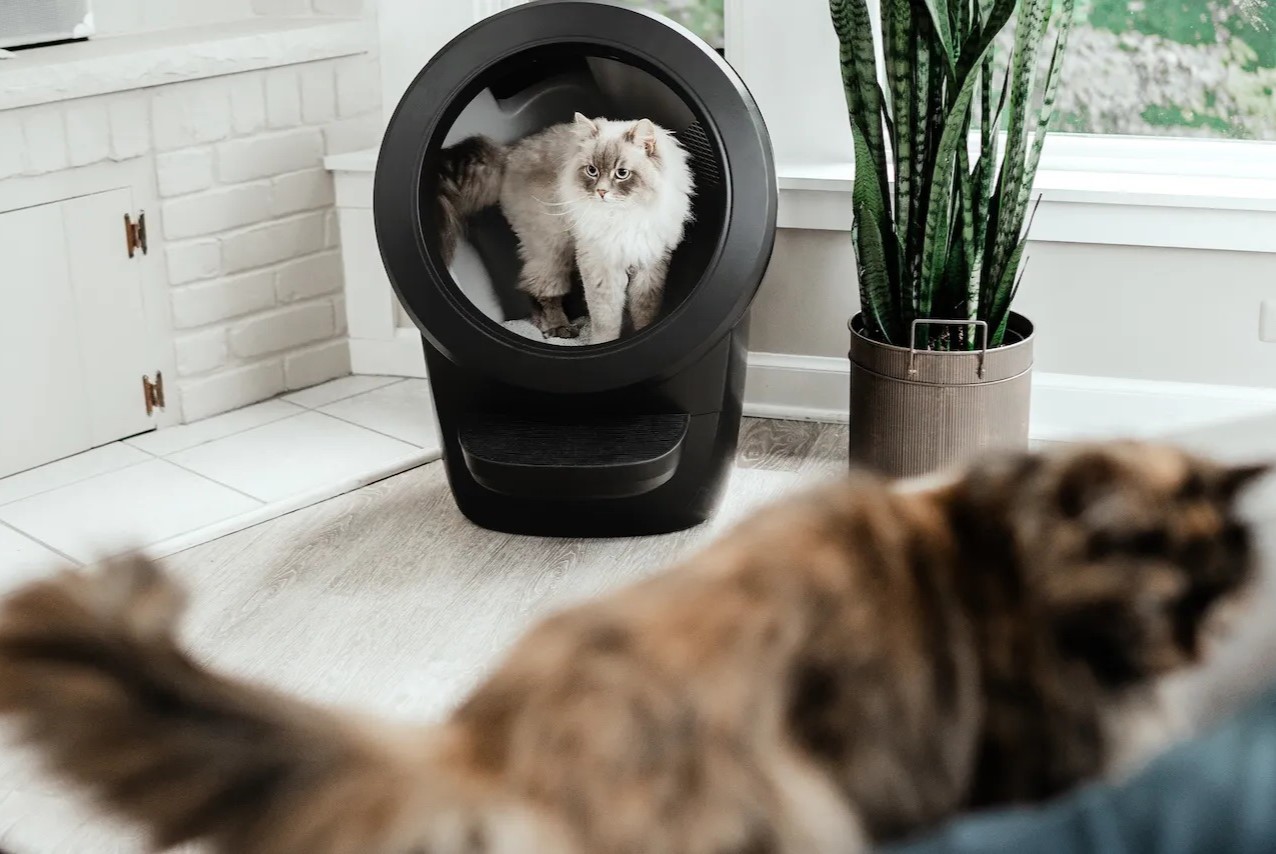

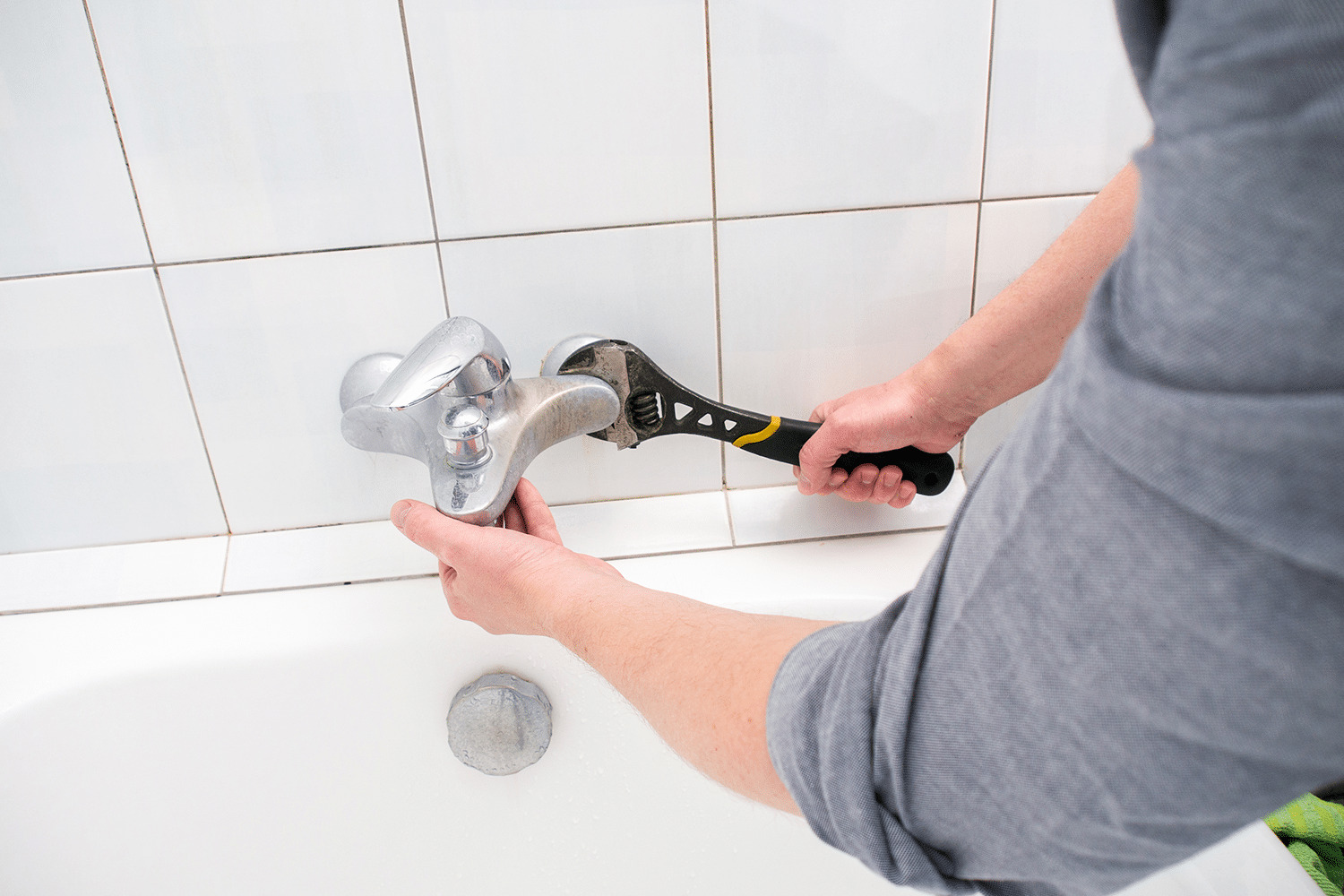
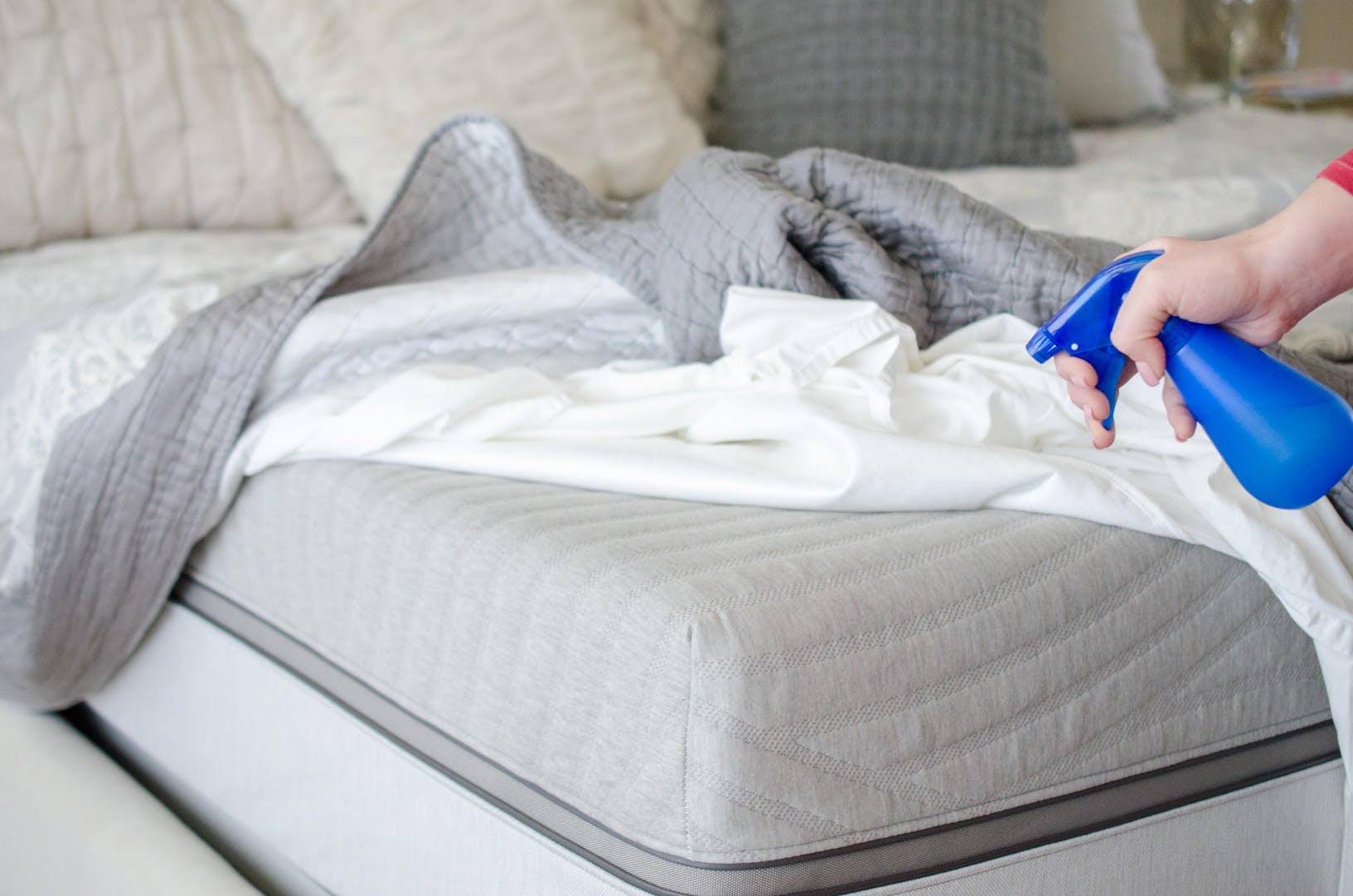


0 thoughts on “Why Spray WD40 Up Your Faucet”